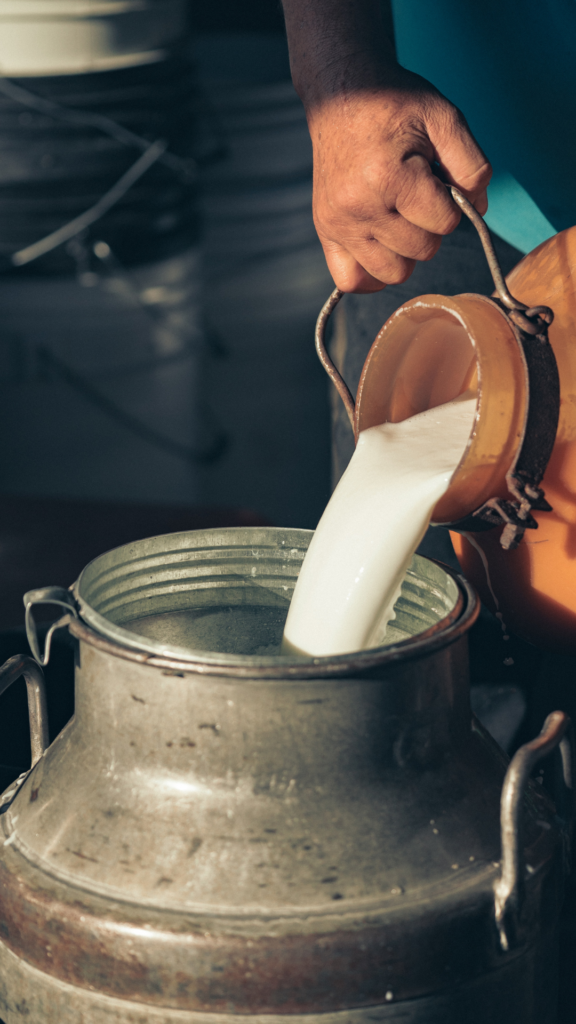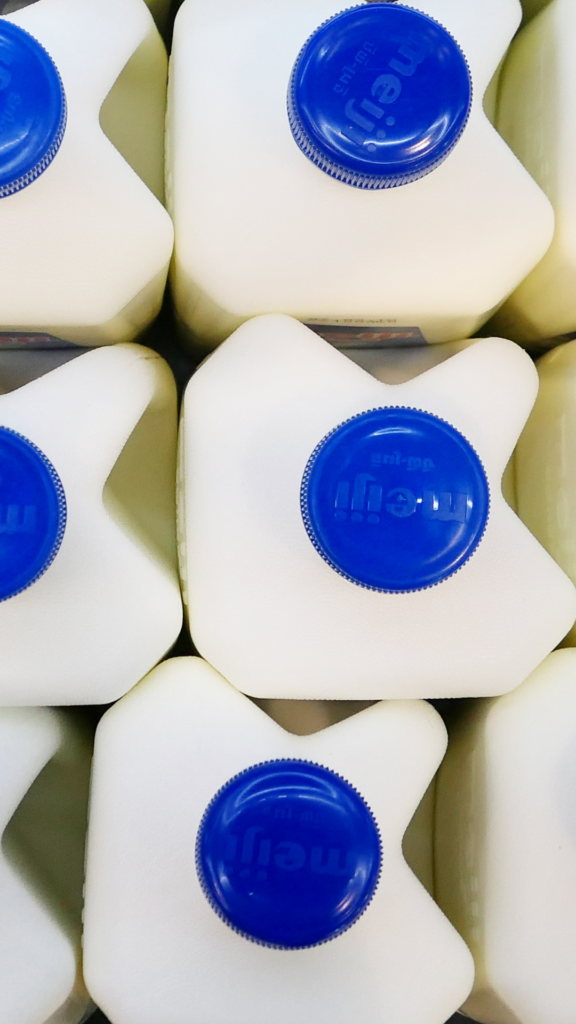
Maximising the Value of Whey: Advanced Filtration Techniques and Water Recovery
At the heart of the dairy industry, whey valorisation has become an essential practice to maximise the efficiency and value of dairy products. Among the many applications of membrane filtration, whey treatment emerges as a priority for cheese producers.
Membrane Filtration: A World of Opportunities
Cross-flow ultrafiltration (UF) is the most commonly used technology in the processing of whey into high-value protein concentrates. The idea is to separate lactose and minerals from the protein, thus purifying the concentrated protein at the same time, with the selection of a lactose-permeable membrane, which rejects the protein.
The higher the whey concentration, the higher the ratio of protein to dry matter (whey protein concentrate).
To obtain higher whey protein concentrates, special techniques such as diafiltration must be used to purify the protein by removing lactose and minerals.


Purification at the Highest Level: Microfiltration in Action
The impurities and fats present in whey are an integral part of the product, but limit the degree of purity of the protein concentrate.
Microfiltration is crucial to separate native proteins, lactose and minerals from fat particles, thus enabling the production of whey protein concentrates virtually free of fat and impurities.
Resource Maximisation: Water Recovery
Withreverse osmosis (RO) technology, permeated, salt-free water can be recovered, making it available for other process steps or cleaning operations. This not only reduces overall water consumption, but also transport costs and environmental impact, contributing to a more sustainable and efficient production cycle.




In coclusion...
The implementation of advanced water filtration and recovery solutions represents a crucial step in optimising the value of whey.
Through ultrafiltration and microfiltration, accompanied by water recovery through reverse osmosis, dairy companies can not only increase the quality of their products, but also reduce costs and mitigate environmental impact.



